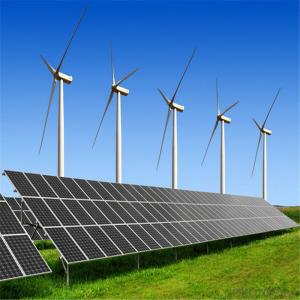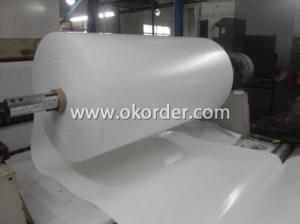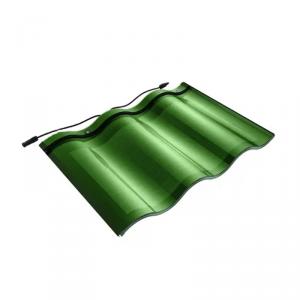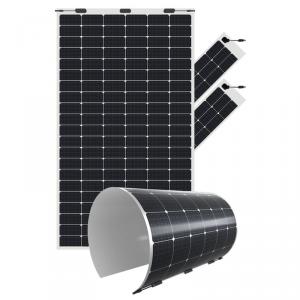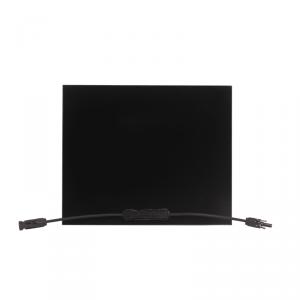Vevor Solar Inverter
Vevor Solar Inverter Related Searches
Evvo Solar Inverter Eaton Solar Inverter Epever Solar Inverter Inverter Solar Mecer Solar Inverter 120v Solar Inverter Solar Solar Inverter Rv Solar Inverter Solar 120v Inverter Inverter Power Solar Outback Solar Inverter Renovo Solar Inverter Rv Solar Power Inverter Victron Solar Inverter 12v Solar Inverter Solar Inverter 240v Ecostar Solar Inverter Easun Solar Inverter Solar 220v Inverter Power Solar Inverter 240v Inverter Solar Invt Solar Inverter Inverter For Rv Solar Solar Electric Inverter Inverter Solar Panel Inverter Hybrid Solar East Solar Inverter Inverter Solar System Solar Energy Inverter Power Inverter SolarVevor Solar Inverter Supplier & Manufacturer from China
Vevor Solar Inverter is a high-quality product designed to convert solar energy into usable electricity for residential and commercial applications. These inverters play a crucial role in the solar power system, ensuring that the energy generated by solar panels is efficiently transformed and utilized. The Vevor Solar Inverter is widely used in various scenarios, including homes, businesses, and even off-grid systems, where it helps to reduce reliance on traditional energy sources and promotes sustainable living. The product is known for its reliability, efficiency, and durability, making it a popular choice among solar energy enthusiasts and professionals alike.Okorder.com is a leading wholesale supplier of Vevor Solar Inverter, offering a vast inventory of this essential product to customers worldwide. As a reputable supplier, Okorder.com ensures that the Vevor Solar Inverter is available at competitive prices and with prompt shipping, catering to the needs of both individual consumers and large-scale projects. By partnering with Okorder.com, customers can benefit from a reliable source of Vevor Solar Inverter, ensuring that their solar energy systems are equipped with top-notch components for optimal performance and longevity.
Hot Products


























